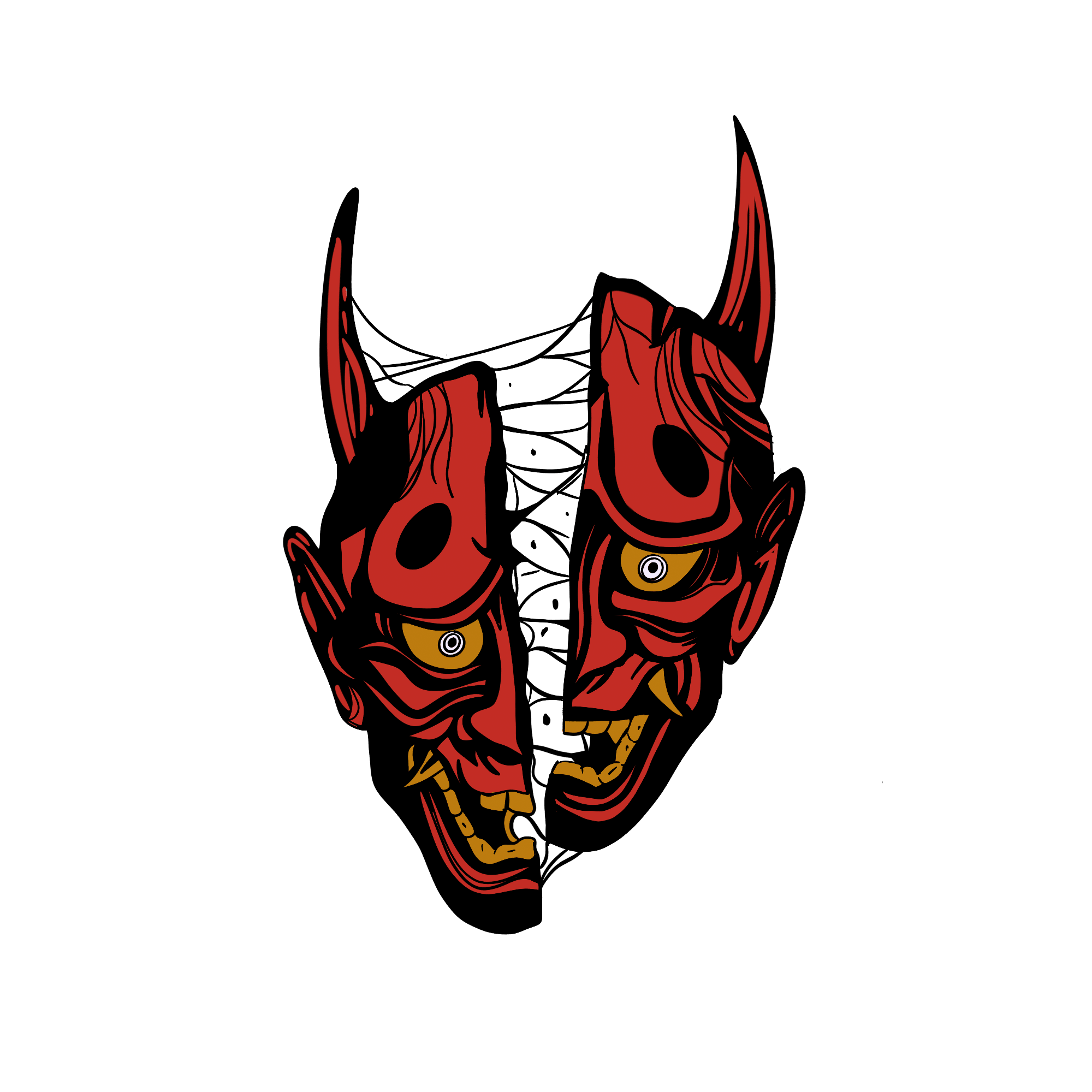AndromaliusGreat Avenger


In the dark and mysterious corridors of demonology, Andromalius stands out as a distinct and fascinating figure. A character rooted in the esoteric realms, Andromalius is not merely a demon but a creature that embraces a dual persona of avenger and revealer, working to expose deceit and dispense justice in an unorthodox manner. This creature, who traverses between the realms of morality and malevolence, exists within the ancient grimoires that serve as maps to the supernatural worlds.
Andromalius finds his roots in the "Goetia", the first part of a 17th-century grimoire known as "The Lesser Key of Solomon". He is categorized as the 72nd of the 72 demons codified by King Solomon, with each entity possessing its own unique attributes and abilities. According to the ancient texts, Andromalius is a Great Earl of Hell, ruling over 36 legions of demons. His primary role is not to sow chaos or destruction but to seek out and punish those who engage in deceit and wickedness.
Visually, Andromalius is often depicted as a man holding a serpent, symbolizing cunning and vengeance. His aura is commanding and stern, symbolizing his unwavering commitment to revealing theft, fraudulent actions, and malevolent plots, as well as retrieving stolen items.
While many demons are associated with the perpetuation of evil or chaos, Andromalius plays a slightly different role, standing as a sentinel against deceit. His powers are primarily focused on:
- Exposing Dishonesty: Andromalius is a revealer of deceit and treacherous actions. He is invoked to unmask thieves, expose hidden plots, and bring the dishonest to light.
- Recovering Stolen Goods: He also plays a role in returning stolen items to their rightful owners, illustrating an unusual facet of “justice” within his demonic characterization.
- Understanding Malevolence: Andromalius provides insights into malevolent acts and helps understand evil intents.
- Punishing the Wicked: The demon serves as a vengeful entity, visiting wrath upon those who have committed wicked deeds.
Magicians, sorcerers, and practitioners of the dark arts who work with the demons of the Goetia do so with a mixture of respect, caution, and often a set of ceremonial practices designed to protect the invoker. Andromalius, while somewhat of a “noble” demon, is no exception. His invocation usually follows the traditional ceremonial magick practices, including the use of sigils, chants, and rituals.
His sigil, a unique symbol, is used to call upon him, enabling the practitioner to focus their will and connect with this demon. An invoker might call upon Andromalius to retrieve stolen items, unveil hidden truths, or to punish an individual who has caused harm through deceitful actions.
In the paradoxical world of demons, where malevolence and benevolence can sometimes intertwine, Andromalius emerges as a figure of complexity and moral ambiguity. His role challenges our typical understanding of demons, blurring the lines between evil and justice. He teaches a lesson that in the metaphysical realms, entities may not always conform to the neat boxes of “good” or “evil” to which we might wish to assign them.
The presence of Andromalius in our cultural and esoteric heritage exemplifies humanity's continual quest to understand, personify, and sometimes manipulate the forces that influence our world. He serves as a mirror, reflecting our inherent dualities, our capabilities for deceit and justice, and our complex relationship with the moral spectrum. Andromalius exists not just as a demon, but as a symbol of the intricate, multifaceted nature of morality within human consciousness.
In a world where individuals occasionally seek supernatural explanations or interventions related to issues of morality, justice, and retribution, Andromalius will continue to occupy a unique space, being both a demon and an unexpected avenger of deceit and wickedness.
Demons



